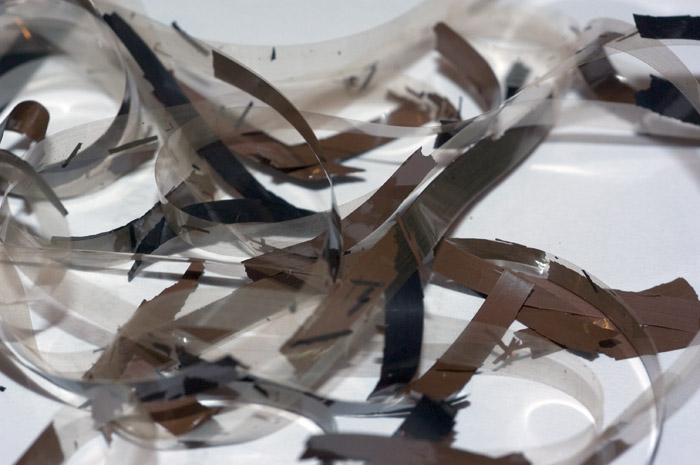\”Noise Reduction\” is a potentially confusing topic, partially because it has come to be used to mean two different things.
- Today, it means removing noise from a recording by means of a single-ended post-production device or plug-in, such as Noise Free Pro by Algorithmix that I use (among other tools).
- Historically, the term was used for a double-ended process where the dynamic range of the program material was reduced in an unobtrusive way, transported by the noisy channel (be it tape or broadcast) and then expanded in a complementary fashion at the end/output of the noisy channel. These devices were generally referred to as companders (a contraction of compressor/expander).
When reviewing old tapes, they may be marked in various ways to indicate their noise reduction compression, or processing. As of this writing, there are no software plug-ins that accurately mimic the action of the hardware compander acting as an expander. We use actual companders from the original systems when restoring tapes made with these systems.
We currently handle nine different formats from four manufacturers and are always on the lookout for more. Most manufacturers sold a variety of systems tailored to the needs of different kinds of transmission/recording channels
See our special page under formats (click here) to see some of the information we’ve gathered about noise reduction techniques used over the years. Check back as we uncover additional formats and information.

